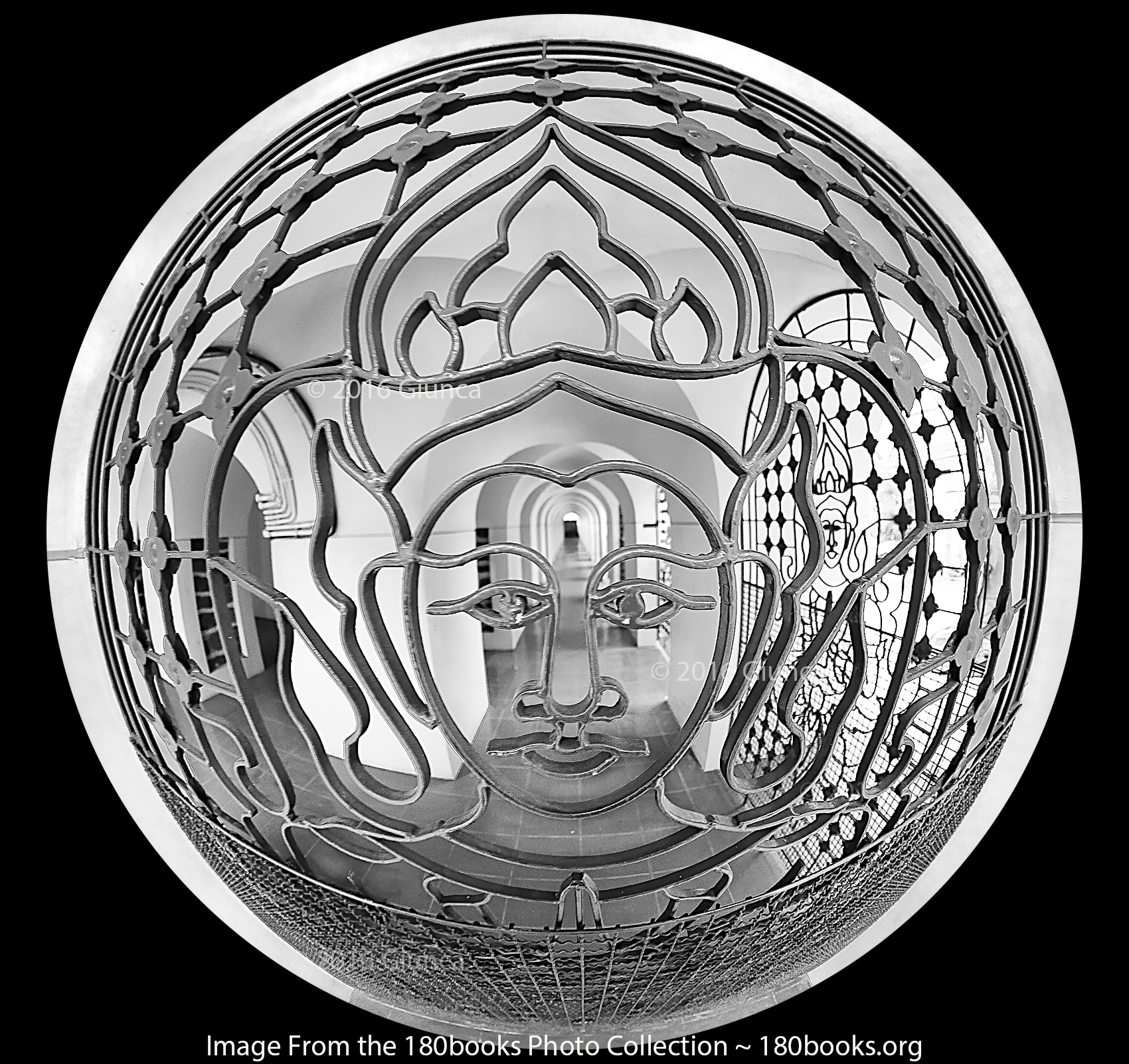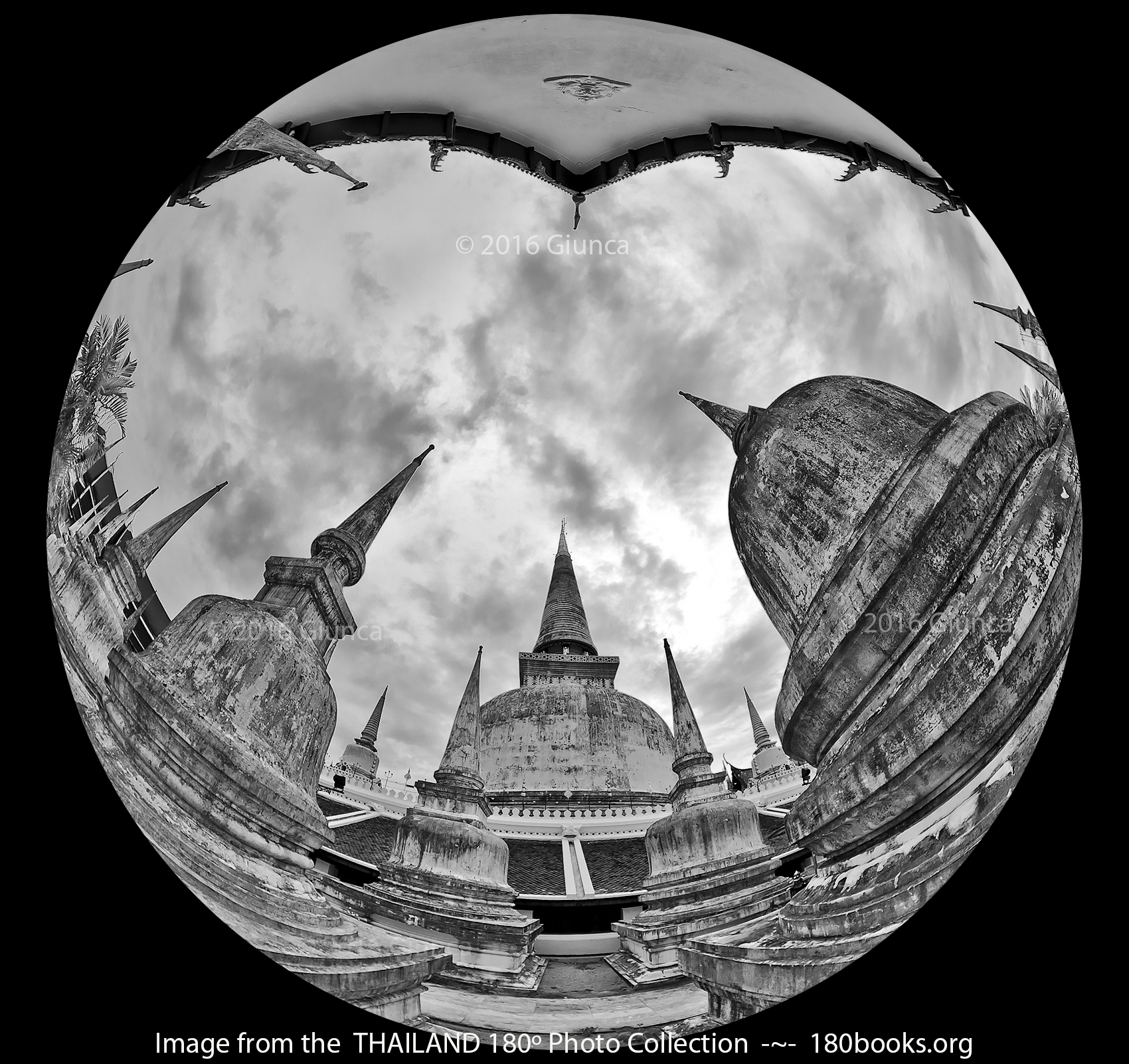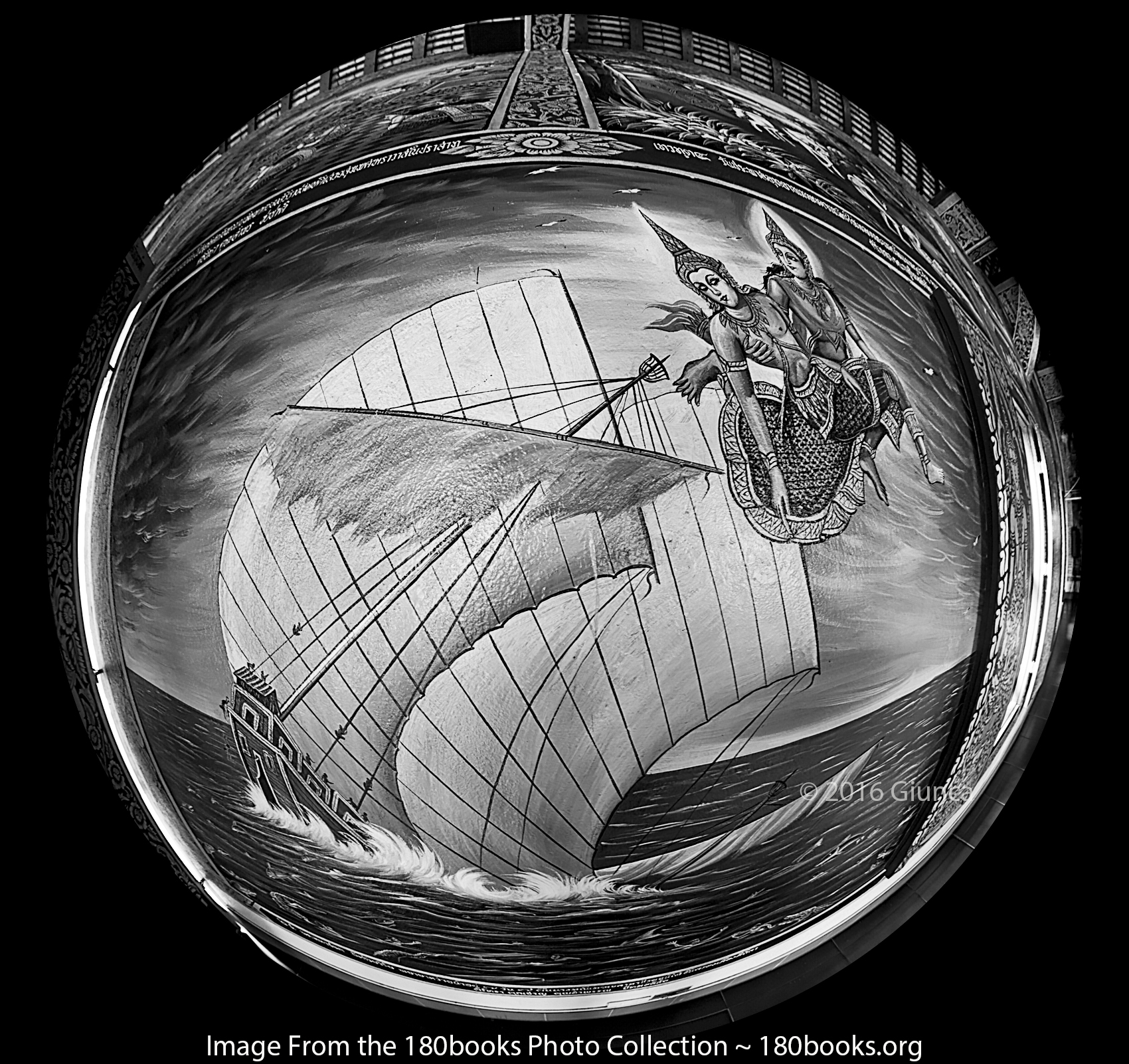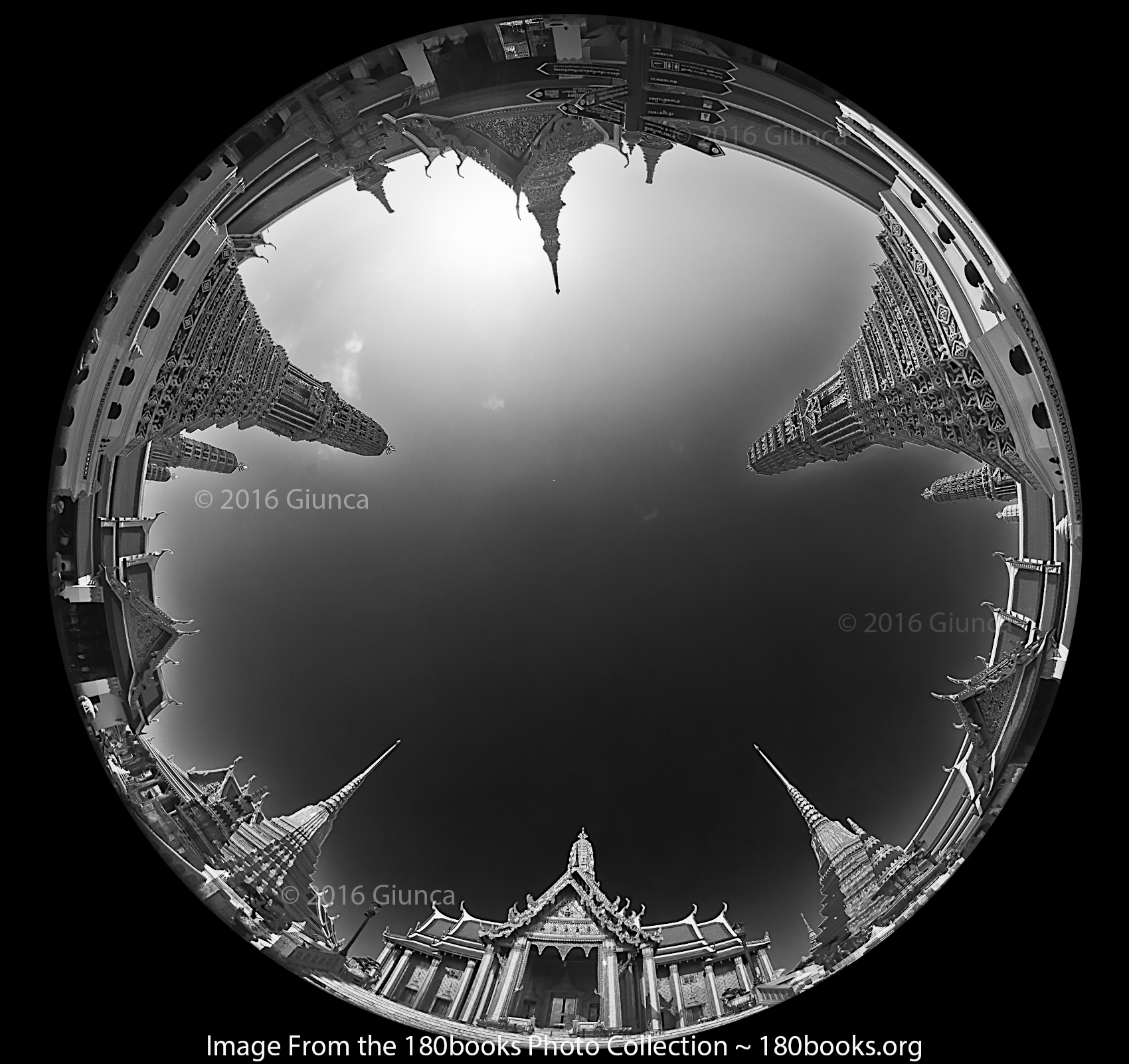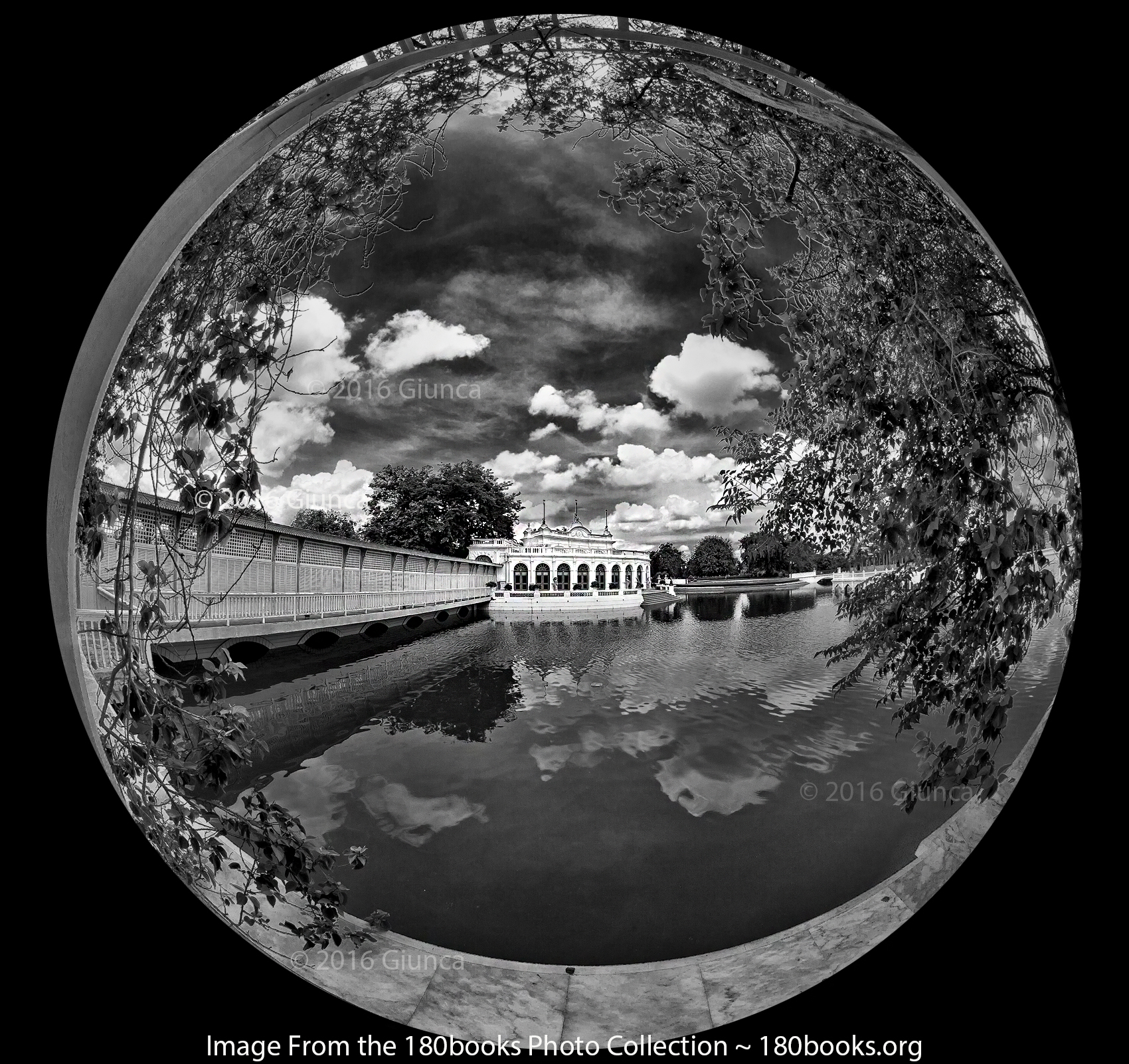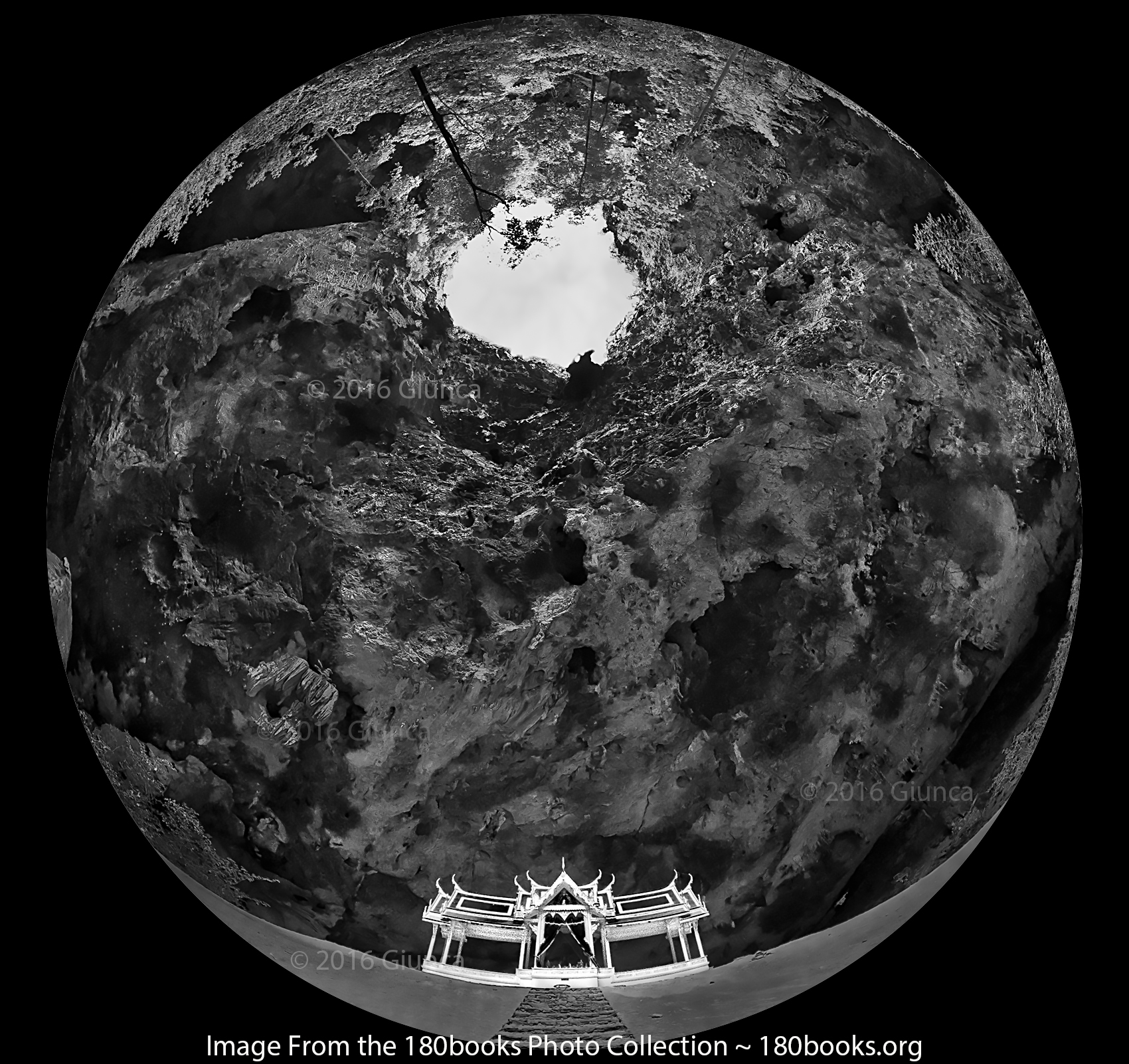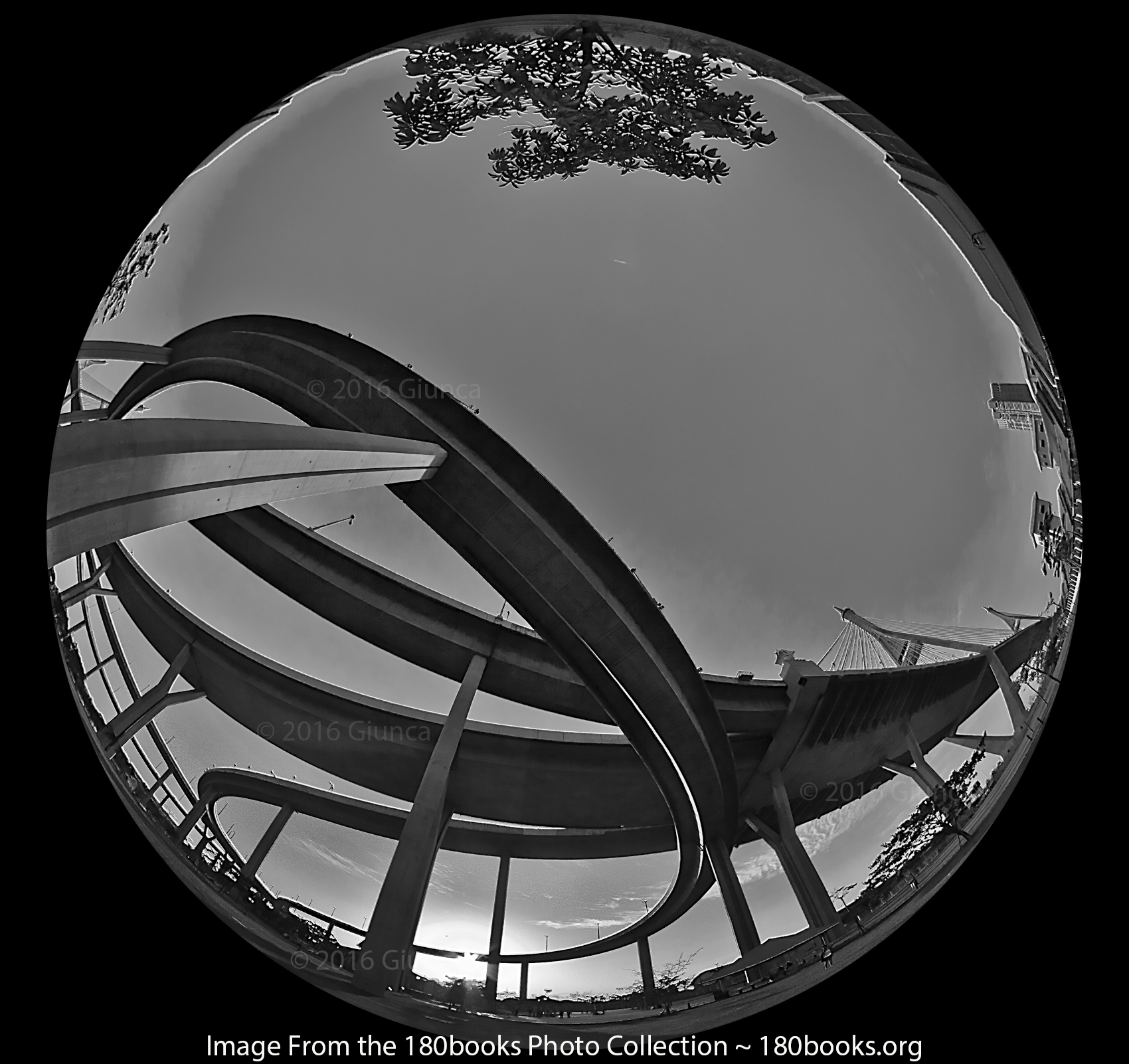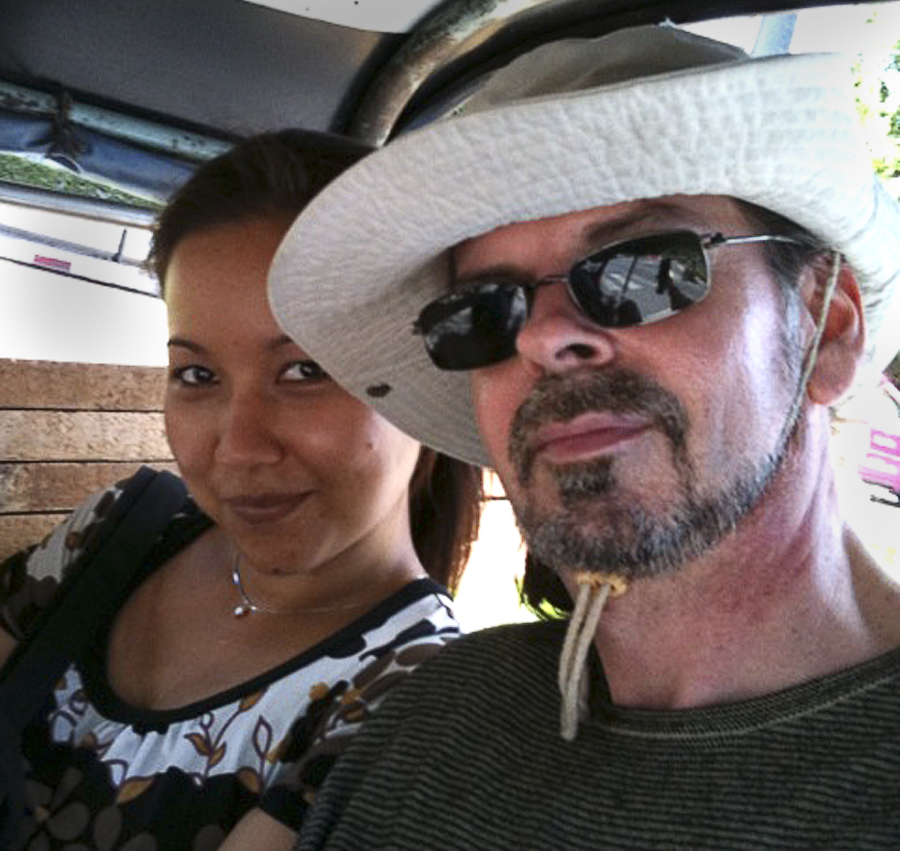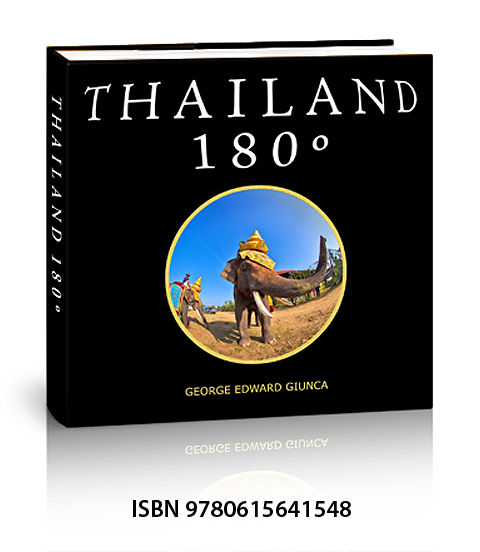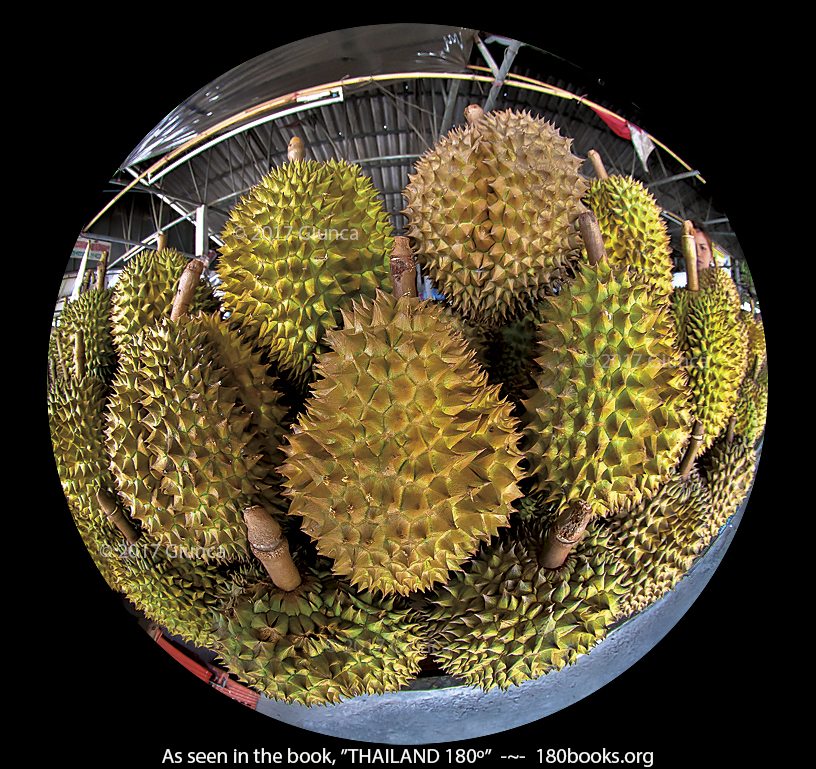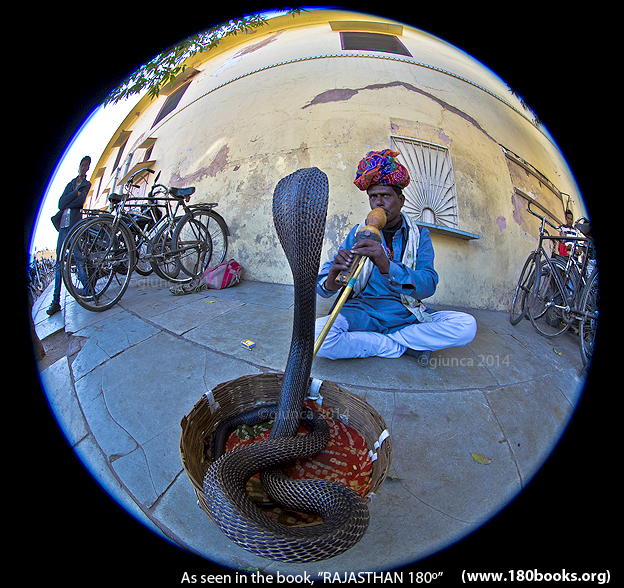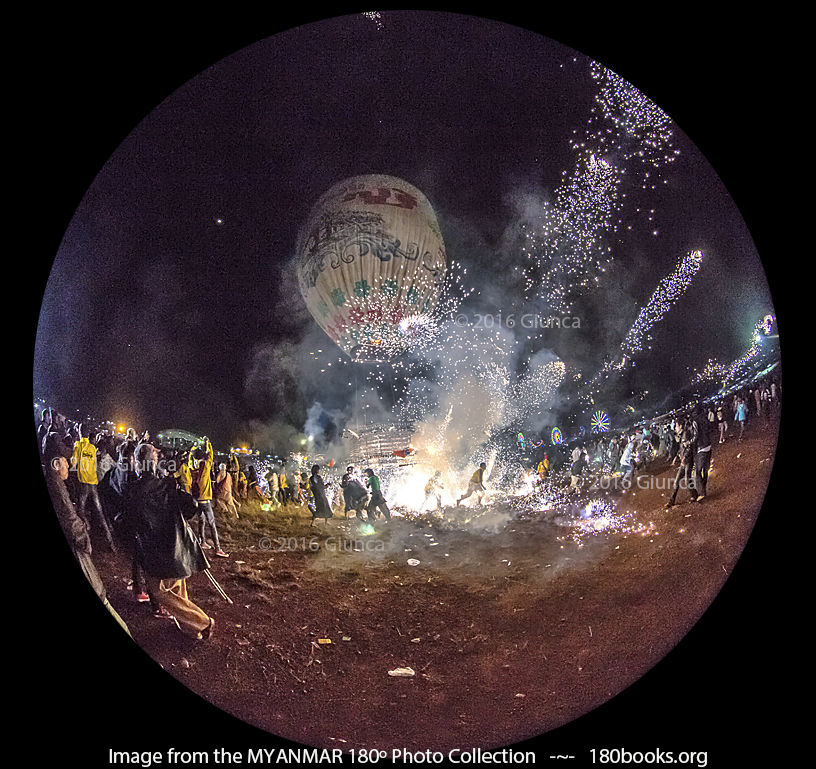Thailand Turns Black and White
(Updated October 13, 2017)
It’s still hard to believe that His Majesty King Bhumibol Adulyadej passed away one week ago this evening. This is a very sad time not only for Thais, but also for Westerners who have lived in the Kingdom for many years and witnessed his work, kindness, and love of all people. Most publications are now in black and white as the whole country copes with their sadness through a 30-day mourning period. For the next year, everyone will wear black clothes to show their respect and sadness.
I’m very proud of Thailand and consider it my second home. I am blessed to have traveled to almost every province and capture so many images. Although our THAILAND 180º book features 450 color photos, the challenge of making black and white images to share with you is exciting.
Creating engaging black and white images involves so much more than merely selecting the grayscale mode instead of color. It’s a chance to reinterpret an image, redefine the tonal relationships, and dig deeper into its emotional aspects.
In honor of the passing of His Majesty King Bhumibol Adulyadej, we’ll present more Black and White photos. Some of these images are related to his numerous development projects; others are personal. His Majesty King Bhumibol Adulyadej spent a great deal of his time supporting Thai Buddhism, so we’ll also look at a few Royal Temples as well.
บล็อกนี้เราขอนำเสนอภาพถ่ายของประเทศไทยในรูปแบบ ขาว-ดำ ให้ทุกท่านได้ชม และขออภัยที่แอดเขียนไปน้ำตาไหลพรากไปด้วยความโศกเศร้า เพราะทุกภาพที่นำมาแสดงในบล็อกนี้ล้วนน้อมรำลึกในพระมหากรุณาธิคุณอย่างหาที่สุดมิได้ของพระบาทสมเด็จพระปรมินทรมหาภูมิพลอดุลยเดช
Thepphanom – เทพนม
The Angel depicted in the photo above, with the palms of her hands together is called a Thepphanom or Thephano. This gesture of putting the hands together, called an Añjali Mudrā is used as a greeting or sign of respect. Some said the thephanom first came to earth when Buddha reached enlightenment. They later became Buddha’s protector, guardian of temples and artifacts. Fon believes that he is the King of Nagas who once protected the Buddha from a 7-day rain, after which he paid respect to the Buddha with an Añjali Mudrā. Although the Buddha had to refuse the request of the Naga to be ordained as a monk, since he is not a human, he promised to protect Buddhism and asked for the boon to live long enough to see all 5 Buddhas.
ลายเทพนมกับพระพุทธศาสนาแยกจากกันแทบไม่ออก จนเกิดเป็นความคลาดเคลื่อนทางความเข้าใจที่ทำให้เราคิดว่าลายเทพพนมนี้เป็นทวยเทพประนมมือ แต่หากเราคิดให้ลึกซึ้งกว่าเดิมถึงพระพุทธศาสนานั้นมีความเกี่ยวพันกับพญานาคมากกว่าบรรดาทวยเทพ ดังมีปรากฏในตำนานและนิทานพื้นบ้านมากมายทั้งในประเทศไทยและประเทศเพื่อนบ้าน อีกทั้งยังปรากฏในไตรภูมิโลกวินิจฉยกถา ความว่า “…กาลเมื่อฝนตกพรำไปได้เจ็ดวันแล้วอากาศสว่างแผ้วฝนหาย พญานาคจึงคลี่คลายขยายกายแห่งตนออก แล้วก็กลับเพศประนมน้อมนมัสการ พระศาสดาจารย์ด้วยคารวะคำรพ…” จึงไม่แปลกที่คณาจารย์หลายท่านมีความเห็นว่า เทพนมนี้ที่แท้ คือ พญานาค ผู้คอยปกปักรักษาพระพุทธศาสนานั่นเอง
Wat Phra Mahathat Wora Maha Viharn – วัดมหาธาตุ จ.นครศรีธรรมราช
The main chedi of Wat Phra Mahathat Wora Maha Viharn has a Holy Relic of the Buddha, believed to be one of his teeth. This Royal Temple is highly revered and appears on the reverse side of a 25 Satang coin. On the cloudy morning that I visited this temple and walked around its 158 chedis, a strange feeling came over me, and I felt like we had traveled back in time.
วัดพระมหาธาตุวรมหาวิหาร มี “พระบรมธาตุเมืองนคร” หรือ “องค์พระบรมธาตุเจดีย์” เป็นสิ่งศักดิ์สิทธิ์สำคัญคู่บ้านคู่เมืองนครศรีธรรมราช ภายในบรรจุพระทันตธาตุ (ส่วนฟันของพระพุทธเจ้า) สร้างขึ้นประมาณปี พ.ศ. ๘๕๔ รอบพระมหาธาตุมีเจดีย์ ๑๕๘ องค์รายรอบ
Mural of Mahajanaka – พระมหาชนก at Wat Chiang Man, Chiang Mai
The mural of Mahajanaka, who is swimming strongly in a stormy ocean for seven days and seven nights without giving up. Mani Mekhala, the Goddess of the Clouds and Rains, carried Mahajanaka to his destination. I regret to say that I have not been able to find this book and read it for myself, so I’ll have to quote from the Government Public Relations Department website. “The Story of Mahajanaka is the book represents His Majesty’s own perseverance. According to the preface of the book, His Majesty listened to a sermon about King Mahajanaka and researched the story more in the Buddhist scriptures the “Holy Tripitaka.” Later, in 1988, His Majaesty began to translate the story to Thai and English, with some minor modifications for easier understanding of the text. In order to achieve a greater impact and make it even more beneficial to readers, His Majesty had some prominent Thai artists illustrate the book. Dhamma in The Story of Mahajanaka is an encouragement to everyone, so that they will be able to face problems with courage and perseverance in all circumstances.”
ภาพจิตรกรรมจากเรื่องพระมหาชนก ตอนนางมณีเมขลาอุ้มพระมหาชนกกุมาร ที่ทรงอดทนว่ายน้ำในมหาสมุทรด้วยความเพียร ๗ วัน ๗ คืน หลังจากที่เรือต้องพายุล่มลง พระมหาชนกชาดกเป็นพระโพธิสัตว์ชาติที่ ๒ ในทศชาติชาดกโดยบำเพ็ญวิริยบารมีหรือความเพียร ซึ่งพระบาทสมเด็จพระปรมินทรมหาภูมิพลอดุลยเดชทรงสนพระราชหฤทัย จึงทรงค้นเรื่องพระมหาชนกในพระไตรปิฎกและทรงแปลเป็นภาษาอังกฤษตรงจากมหาชนกชาดกตั้งแต่ต้นเรื่อง โดยทรงดัดแปลงเล็ก ๆ น้อย ๆ เพื่อให้เข้าใจง่ายขึ้น นอกจากนี้ ยังมีแผนที่ฝีพระหัตถ์แสดงสถานที่ตั้งทางภูมิศาสตร์ของเมืองโบราณบางแห่ง และข้อมูลอุตุนิยมวิทยาเกี่ยวกับทิศทางลม กับกำหนดวันเดินทะเลตลอดจนจุดอัปปางของเรืออับโชค ทรงคาดคะเนโดยอาศัยข้อมูลทางโหราศาสตร์ แสดงถึงพระปรีชาในด้านอักษรศาสตร์ ภูมิศาสตร์และโหราศาสตร์ไทย
Wat Phra Kaew – วัดพระแก้ว
Wat Phra Kaew or Temple of the Emerald Buddha is located on the grounds of the Grand Palace in the historic center of Bangkok. Inside the main building is the much treasured and respected Emerald Buddha image. The grounds around the temple and the palace are amazing showcases of Thai Buddhist art and architecture.
วัดพระศรีรัตนศาสดาราม หรือ วัดพระแก้ว วัดในพระบรมมหาราชวังซึ่งเป็นที่ประดิษฐานพระพุทธมหามณีรัตนปฏิมากร ซึ่งภายในอาณาบริเวณวัดพระแก้วจากภาพนี้ประกอบด้วยปราสาทพระเทพบิดร, พระสุวรรณเจดีย์, พระอุโบสถ, พระอัษฎามหาเจดีย์ (พระปราง ๘ องค์), ยักษ์ทวารบาล, และพระระเบียง
พระบาทสมเด็จพระปรมินทรมหาภูมิพลอดุลยเดช มิได้เป็นเพียงพุทธมามกะ แต่ทรงเป็นองค์อัครศาสนูปถัมภกทุกศาสนาในแผ่นดินไทย
The Bang Pa-In Summer Palace พระราชวังบางปะอิน
The Bang Pa-In Summer Palace was built in the 17th century as a summer palace for the Kings of Ayutthaya. When the city was sacked in 1767, the palace was abandoned, until King Mongkut started restoring it during his reign. Most of the buildings that adorn the complex today were built by King Chulalongkorn. There are many moats and canals surrounding the various buildings which offer beauty and protection. The image above shows one of these moats and a long protected walkway, leading to the king’s private area. The structure that resembles a one-story building is actually the Devaraj-Kunlai Gate. Its louvered windows provided privacy while allowing a breeze to pass through. Can you feel the serenity in this picture? This is typical of the Bang Pa-In Summer Palace.
พระราชวังบางปะอิน เป็นพระราชวังโบราณตั้งแต่สมัยกรุงศรีอยุธยา …ด้วยความร่มรื่นของแมกไม้และเป็นเขตพระราชวังเก่า พระบาทสมเด็จพระจอมเกล้าเจ้าอยู่หัวทรงพระกรุณาโปรดเกล้าฯ ให้บูรณะและสร้างพระตำหนักขึ้นเป็นการถาวร และต่อมาในรัชสมัยรัชกาลที่ ๕ ทรงพระกรุณาโปรดเกล้าฯ ให้บูรณะและสร้างพระตำหนักและพระที่นั่งเพิ่มเติม และในภาพนี้ คือ “ประตูเทวราชครรไล” ที่มีลักษณะเป็นอาคารตึกชั้นเดียว โค้งครึ่งวงกลม และมีสะพานเชื่อมข้ามคลอง โดยด้านหนึ่งของสะพานมีฝาบานเฟี้ยมบังตาตลอดแนวสะพาน ใช้เป็นเส้นทางสำหรับผ่านเข้าเขตพระราชฐานชั้นใน ซึ่งเป็นที่ประทับของของพระมหากษัตริย์ สมเด็จพระอัครมเหสี พระบรมวงศานุวงศ์ฝ่ายใน และข้าบาทบริจาริกา พระบาทสมเด็จพระปรมินทรมหาภูมิพลอดุลยเดชและสมเด็จพระนางเจ้าสิริกิติ์พระบรมราชินีนาถ เสด็จฯ มาประกอบพระราชพิธีสังเวยพระป้ายเป็นประจำทุกปี แต่ในปัจจุบัน ทรงพระกรุณาโปรดเกล้าฯ ให้พระราชวงศ์เสด็จแทนพระองค์เพื่อประกอบพระราชพิธี
Phraya Nakhon Cave – ถ้ำพระยานคร ประจวบคีรีขันธ์
Phraya Nakhon Cave is in the Khao Sam Roi Yot National Park, Prachuab Khiri Khan. The outstanding feature of this site is the “Kuha Karuhas Pavilion” that was built for King Rama V (King Chulalongkorn). Later, King Prajadhipok, as well as the late King Bhumibol Adulyadej visited the cave twice. The best time to see the pavilion is between 10:30 – 11:30 as the sun shines through a hole in the ceiling and illuminates the pavilion.
ถ้ำพระยานคร ตั้งตามนามเจ้าเมืองนครศรีธรรมราช ซึ่งเป็นผู้ค้นพบเมื่อคราวเดินทางผ่านเขาสามร้อยยอด ในสมัยรัชกาลที่ ๑ สิ่งสำคัญนอกจากความงามตามธรรมชาติแล้วยังมี “พระที่นั่งคูหาคฤหาสน์” พลับพลาที่ประทับทรงจตุรมุข ซึ่งพระบาทสมเด็จพระจุลจอมเกล้าเจ้าอยู่หัวโปรดเกล้าฯ ให้สร้างขึ้นเมื่อวันที่ ๒๐ มิถุนายน พ.ศ. ๒๔๓๓ และตรงกำแพงหินด้านขวามีพระปรมาภิไธยย่อในรัชกาลที่ ๕ และรัชกาลที่ ๗ เป็นตัวหนังสือใหญ่สีขาว ในยามพระอาทิตย์ส่องแสงผ่านปล่องเขาสู่พระที่นั่งคูหาคฤหาสน์นั้นเรืองรองงดงาม พระบาทสมเด็จพระปรมินทรมหาภูมิพลอดุลยเดชเสด็จประพาส ๒ ครั้ง ในปี พ.ศ. ๒๕๐๑ และ พ.ศ. ๒๕๐๔
The Bhumibol Bridge – สะพานภูมิพล
As the sun set, I often looked out my upstairs window at this beautiful piece of modern sculpture, known as the Bhumibol Bridge I, off in the distance. When we were almost through with the photography for our THAILAND 180º book, it seemed to scream, “Include me too!” so we did.
The Bhumibol Bridge or the Industrial Ring Road Bridge is one of the numerous royal projects initiated by King Bhumibol Adulyadej that aimed to solve traffic problems within Bangkok and surrounding areas. This bridge is especially useful for those commuting to the industrial area around Khlong Toei Port, Southern Bangkok, Samut Prakan and onward to other parts of the Kingdom.
“สะพานภูมิพล” หรือ สะพานวงแหวนอุตสาหกรรม เป็นโครงการอันเนื่องมาจากพระราชดำริที่พระบาทสมเด็จพระปรมินทรมหาภูมิพลอดุลยเดช ทรงพระกรุณาโปรดเกล้าโปรดกระหม่อมให้ก่อสร้างขึ้น เมื่อ พ.ศ. ๒๕๓๘ เพื่อเป็นโครงข่ายถนนรองรับการขนถ่ายลำเลียงสินค้าจากท่าเรือกรุงเทพ ต่อเนื่องไปจนถึงพื้นที่อุตสาหกรรมใน จ.สมุทรปราการ และภูมิภาคอื่นๆ ของประเทศ อันเพื่อประโยชน์สุขแก่พสกนิกรของพระองค์ทั้งสิ้น
ปวงข้าพระพุทธเจ้า ขอน้อมเกล้าน้อมกระหม่อมรำลึกในพระมหากรุณาธิคุณตราบนิรันดร์
ข้าพระพุทธเจ้า 180books
!!..คลิ๊กแผนที่..!! ดูภาพและอ่านบล็อกสถานที่ท่องเที่ยวจาก THAILAND 180º ได้นะคะ อัพเดทเพิ่มเติมตลอดค่ะ
If you enjoyed this story, subscribe using the “Subscribe” button below, or visit our facebook fan page to comment Here
We’d LOVE to hear from you!
ผู้ติดตามอ่านบล็อก สามารถติดตามอัพเดทโพสต์บล็อกได้โดยสมัครสมาชิกที่บล็อกนี้ หรือ กดไลค์เฟสบุ๊คเพจของเราที่นี่ Here
Blog : Thai by Apisatha HUSSADEE Giunca
Blog : English by George Edward Giunca
About the Authors
Photographer George Edward Giunca, and his Thai wife, Apisatha, have traveled around Thailand armed with a circular fisheye lens to create a photo essay on the rich cultural diversity, and abundant natural beauty of the Kingdom of Thailand. Fleeing from angry water buffaloes, slapping huge mosquitoes, watching exotic festivals and religious rituals, gorging on delicious spicy food, applying aloe vera cream to sunburned skin, wading through rice paddies, getting drenched to the bone by heavy monsoon rains, and gawking at breath-taking scenery; made it a journey of epic proportions! The result is the book, THAILAND 180º. Later, they traveled extensively through Myanmar, Malaysia, and India, gathering a massive collection of 180º photos. They currently live in Chiang Mai where they continue to blog and are now working on a CHIANG MAI 180º book.
Here’s How to Order Your Copy of THAILAND 180º Collectors EditionToday!
In Thailand —>>>http://www.thailand180.com/thaiorder.html
The Rest of the world: We are offering our book on Amazon.com, below list price and I’ll pay for the shipping within the United States! http://amzn.to/1knDPRR
Not Familiar with Our Book???
This show details the origin of 180 Books, a series of art/travel books illustrated with a circular fisheye lens. By using infographics, pictures from our THAILAND 180º book, and never seen before images from our vault, we’ll demonstrate this unique lens and present our unique books.
Above is an interactive map of Thailand. If you click on a marker it reveals a photo from our THAILAND 180º book and a link to our blog article about the photo. Go Ahead~ Start Exploring ~Have Some Fun!


